Burdur Museum - 3;
Burdur, which is surrounded by Denizli, Afyon, Isparta, Antalya and Muğla today, has been surrounded by Ichayria and Lykonia at east, Pamphylia at South, Lycia and Caria to west and Phrygia and Galatia to North, and was lying in Pisidia area at historical times.
Prehistorical past of Burdur extends back to Paleolitik Age. The rock drawings found at Baskuyu Village of Yesilova Township definitely proves that Paleolithic Age humans were living in Burdur. Other finds which belong to Paleolithic (700.000 – 15.000) and Mesolithic (15.000 – 8.000) periods has been found during researches made at various locations of the area.
Solid finds belonging to later historical periods of Neolithic(8.000 – 5.500) and Calcolithic (5.500 – 3.200) ages have been excavated at the Mounds of Hacılar and Kuruçay. During the excavations of Hacılar, IX – IV layers belonging to “pre-ceramic Neolithic” period and Late Neolithic which is dated to B.C. 5.400 have been identified.
Hacılar is one of the most important archeological centers of earth in which one can easily follow the necessary steps towards civilization such as the important change that comes through switching from hunter-collector society to settled production, training animals, formation of villages, learning of ceramic crafting. Again at Hacılar, mother goddess figurines and ceramic bowls of painted human faces do have a rather important place in worlds archeology. Finds of Calcolithic period during which metal was started to be used in addition to stone, bone, wood and baked clay have been exposed at mounds of Hacılar, Kuruçay, Gebrem, Beyköy, Bucak and İstasyon during surveys.
Finds that belong to the first Bronze period during which the artifacts were crafted from copper, lead, tin, silver, gold, bronze and electrum (circa 3.000 – 2.500) has been located at the many mounds of Yazır, Yarıköy, Çamur, Hasanpaşa, Harmankaya, Alan and Beyköy of Burdur. During this period containers were crafted by hand and were made to look like metal. At the end of the age, ceramics with geometric decorations were crafted.
History is rather dark during the beginning of B.C. 2000. When the Hittite age begins at B.C 17th century Arzava kingdom was ruling at Pisidia, Pamphylia and Lycia. The Phrygian artifacts excavated around Yarıslı Lake (Düğer) and Uylupınar have proven that Phrygians did live at this area.
During 7th B.C. Psidia, along with Phrygian nation has been conquered by Lydian state and at 546 B.C. when Lydian King Kroissos was defeated by Persian King Kyros, the area has been ruled by Persians. At 334 B.C. Alexander the Great has entered Anatolia through Çanakkale and soundly defeated the Pamphylian, Lycian and Carian forces, went through the Kestros valley into Psidia. He has conquered Sagalassos and Kremna at 333 B.C. After Alexander’s death, Psidia has been ruled over first by Seleucians (301 B.C.) then Pergamon Kingdom (228 B.C.) and was ruled over by Romans. During the Roman Period, almost all areas of Psidia has been settled. A large number of cities were founded, ancient centers were repaired again. Almost all the ruins that lies within burdur borders today do show architectural remains that can be dated to this period. Kremna, Komama (Ürkütlü), Olbasa (Belenli) and Sagalassos are the most important ones.
After the Roman Empire was divided into two, Psidia was taken over by the Byzantine Empire and the most important centers of the area have started to decay, loosing their previous importance. This bland age continued until the 11th century B.C. when the Turkish rule started. Between 1071 and 1100 the Kınalı clan of Turks who had arrived to Anatolia has settled to Burdur. During this time the city has been ruled by the Selcuklu state and remained as an border city. After Selcuklu’s Burdur was taken over by Hamitogulları Beyligi and was bought from them during I. Murat period. Burdur was called Tirkemis kazası, and was taken over by Ottoman empire after Yıldırım Beyazıt’s military campaign of 1391. At 1920 Burdur was a free flag, and after the declaration of Republic at 1923 has become a il.


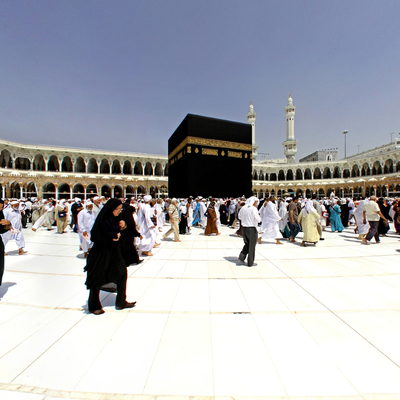
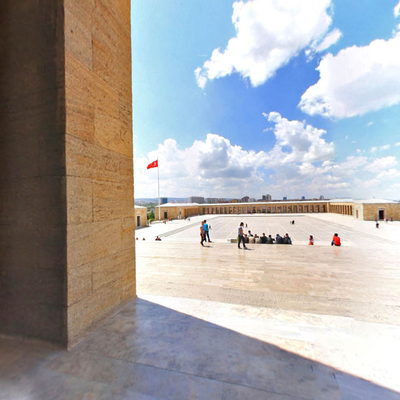
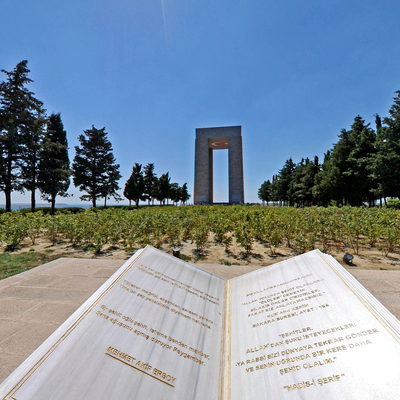
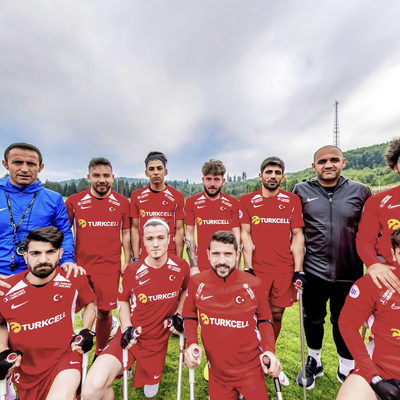
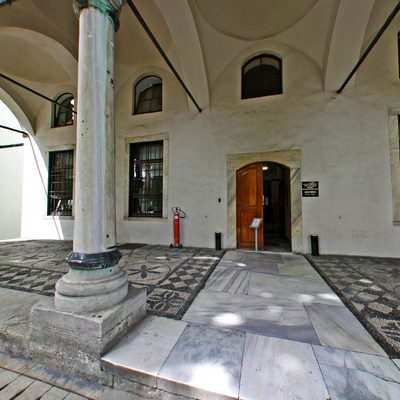
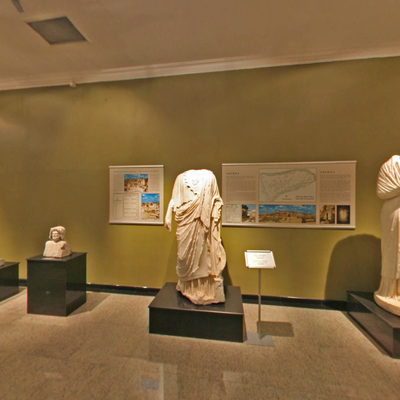
Comments